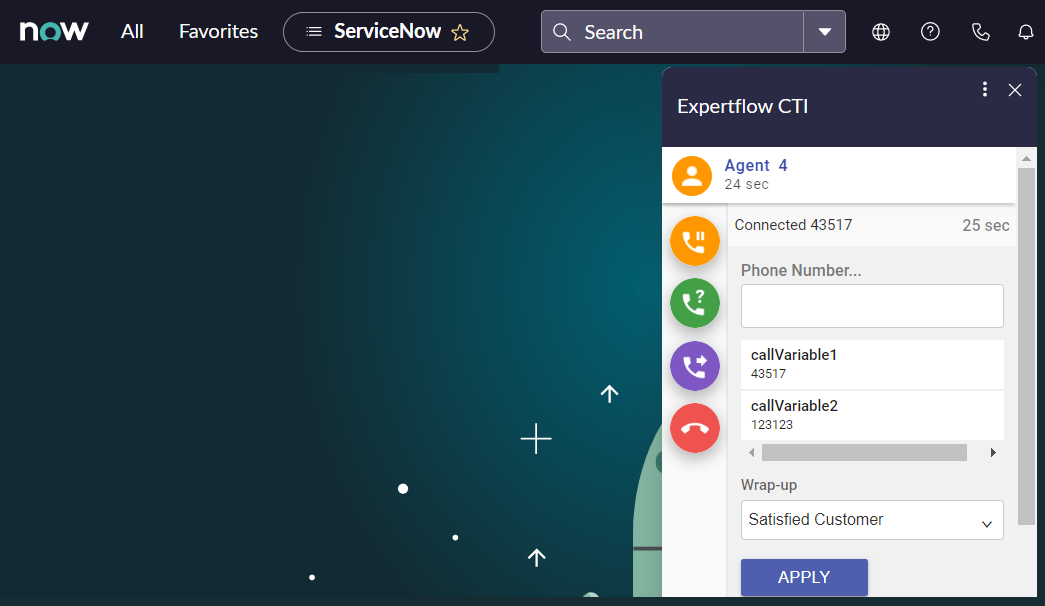Monitor comments on social pages via Natural language understanding (NLU)
Comments by users are received by HC, which can involve an NLU to:
- Determine appropriate answers
- Detect abusive content (e.g. perspectiveapi.com)
- Conduct sentiment analysis (e.g. Microsoft Cognitive Services Sentiment Analysis)
- Identify hot or frequent topics
The NLU can then instruct HC to execute an action such as:
- Delete a comment
- Block a user
- Post an automated public reply comment or private DM
- Forward the query to a human agent
- Add tags to a conversation or customer (such as a sentiment or toxicity score) - this requires the “forms” object of CIM
Route comments to human agents

Comments that match certain criteria can be forwarded via HC to a human agent.
Agents see all past interactions (calls, chats, social media comments) of that user with the company, and can reply to a FB comment directly within the embedded FB comment editor as a public comment (or within the embedded Youtube Iframe reference). Public comments/ responses of the agent will not be stored within that user's interaction history.
Alternatively, the agent can choose to execute a channel switch and reach out to the user either with Facebook Direct Message or via any other known customer identity.
Bi-directional chat vs. Social Media
Social Media comments (FB Comments, Twitter posts. Instagram Comments,..) are different from private direct messages (DM), for example, Twitter DM or FB Messenger, in that they are a public group conversation. Other differences are:
- there are multiple users that can comment on a post
- comments are public – at least to a group – and not private. As a consequence, Answers by the agent to that comment/ post will NOT be stored in the customer interaction history, as these are public. CIM/ HC will only store the information that the client posted. It will however do so by maintaining a metadata link to the relevant FB comment, so it can be viewed in context.
- Blogs are initiated by the company on one of their owned social media pages, not by customers requiring services.
- There is no notion of thread, dialogue, sequence, or hierarchy. Comments related to a blog but rarely to each other (depending on the social media platform).
- Chat requests require an immediate real-time response and a continuous dialogue. Comments on a social media page can be responded to after a certain duration, and require a single-step action, not a continuous dialogue. So they are similar in nature to an email.
Twitter Monitoring
Twitter Direct Messages are supported out of the box by Expertflow Hybridchat.
The paid Twitter APIs allow companies to search, monitor, analyze and respond to public Tweets. The standard Twitter offer allows one to make 1000 requests per 24 hrs interval. The search and filter/ NLU function is essential for Twitter, but not essential for Facebook page comments or for Instagram Page comments. Tweets deemed interesting by the initial filter can be forwarded to agents in the same way as Facebook comments - this occurs in a cloud service as a bespoke development in front of Hybridchat. Expertflow Hybridchat only enters into action after the initial Search and Filter function.

